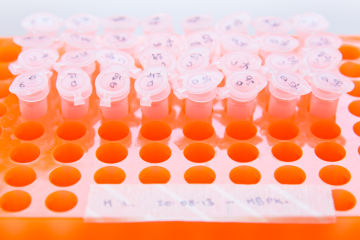PhD Studentship
Development of non-radioactive labels for a receptor binding assay for paralytic shellfish poisoning (PSP) toxin testing

At a glance
Completed
Award date
September 2012 - March 2015
Grant amount
£90,000
Principal investigator
Professor Christopher Elliott
Co-investigator(s)
Institute
Queen's University Belfast
R
- Reduction
- Refinement
Read the abstract
View the grant profile on GtR
